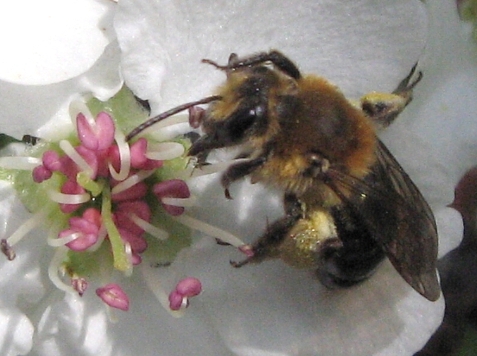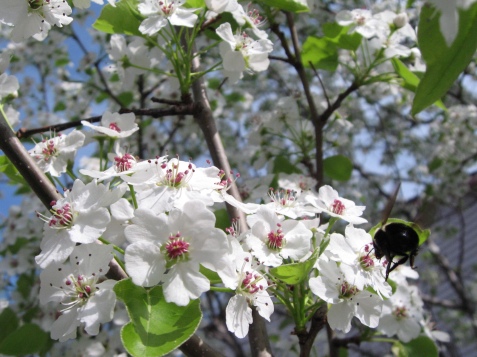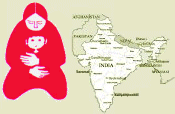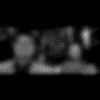I thought I would make this a two-part post, this week.
The first is the photo component…
Last spring, the pear tree that my friend planted while she lived in our co-op bloomed gloriously. The smell of the flowers in the air was so sweet. Bees were busy harvesting the sweet nectar to make sweet honey. They were also collecting pollen and taking it from flower to flower. Hopefully, the flowers they visited will be fertilized, produce fruit, seed, and create more pear trees to produce more sweet flowers and fruit… and attract more bees….
Now…
Here in Canada, we enjoy the luxury of pure, fresh water from our taps whenever we want. In developing countries, fresh water, let alone fresh water from a tap is something most people will never have.
You have to pay for the water from a vendor, pump it from a well, or collect it from some other natural source. Every one of these sources is almost certainly contaminated with E. coli , Giardia and Cryptosporidia, as well as those that cause Typhoid and Cholera. Diarrhoea from contaminated water kills an estimated 4000 children every day!
For most, decontaminating water is expensive, often too expensive for many to be able to do. In many cases, the only available system for purifying water is by boiling, which requires using up precious firewood or buying charcoal. The use of chlorine is also expensive but it is also dangerous, especially when not carefully applied. It also makes the water bitter.
However, I recently learned of a method which is now being promoted in many countries. Not only is the SODIS (Solar Water Disinfection) method simple. It is cheap, does not require the use of chemicals or additives, does not rely on the use of precious firewood.
All one requires is clear glass or plastic bottles (PET are recommended but any clear, uncoloured bottles will do) and sunlight which most underdeveloped countries have in abundance.
The combination of U-V rays and Infra red rays kill the bacteria completely and effectively.
The method produces sweet, clean drinking water in 6 hours (or two days, during winter months when sunlight levels are low) even from heavily contaminated water. What is more, anyone, even a child, is capable of preparing clean, drinkable water. And in communities where the method has been in use, rates of diarrhoea have dropped significantly, as well as the rates of school absenteeism due to illness. More children are getting better grades, as well. A healthy child does better in school.
The SODIS method is very easy to apply: A transparent PET bottle is cleaned with soap. Then, the bottle is filled with water and placed in full sunlight for at least 6 hours. The water has then been disinfected and can be drunk.
Research
Many scientific studies confirmed the effectiveness of the SODIS method. It kills germs in water very efficiently. The method has even been shown to improve the health of the population. Research into training strategies gave insight about which communication methods are most suitable. It has also been proven that the use of PET bottles in the SODIS method is harmless.
International recognition
The World Health Organization (WHO), UNICEF, and the Red Cross therefore recommend the SODIS method as a way to treat drinking water in developing countries.
“Solar disinfection is an example of another measure with proven health impact that requires little capital investment on the part of end-users, and is thus appropriate for the very poor.” WHO, 2007
“UNICEF promotes a variety of treatment methods such as user-friendly filtration, simple solar water disinfection (SODIS) and home chlorination. These are all low-cost, effective and manageable at the household level.” UNICEF, 2009
Red Cross Prize, 2006: “The jury considers SODIS an impressive way of contributing by the simplest means to making water supplies better and safer, thereby reducing diarrhoea and other diseases like it, and mortality in developing countries.” Red Cross, 2006
How does it work?
 |
 |
 |
 |
The SODIS method is very easy to apply: A transparent PET bottle is cleaned with soap. Then, the bottle is filled with water and placed in full sunlight for at least 6 hours. The water has then been disinfected and can be drunk.
Important points to consider when applying the SODIS method
 |
Material, colour and shape of the bottleWe recommend using PET bottles in the application of the SODIS method because they are light and do not break. They are also easy to obtain in many regions. However, glass bottles or special bags can also be used. PET bottles are usually labelled as such, but they are not called by the same name in all countries. The bottles must be transparent and colourless. PET bottles often have a bluish tinge. This is not a problem. Heavily scratched bottles must be replaced. The bottles must not hold more than 3 litres. |
 |
TurbidityIf the water is very turbid, the effectiveness of the method is reduced. It is very easy to determine whether the water is sufficiently clear: The filled PET bottle must be placed on top of a newspaper headline. Now one must look at the bottom of the bottle from the neck at the top and through the water. If the letters of the headline are readable, the water can be used. If the letters are not readable, the water must be filtered. This test corresponds to a turbidity of 30 NTU. |
 |
CloudinessCloudiness affects the strength of solar radiation and thus also the effectiveness of the method. Rule of thumb:
Factsheet Cloudiness (EN, FR, ES) RainThe method does not work satisfactorily during lengthy periods of rain. On these days, we recommend collecting rainwater. |
 |
Preventing recontaminationThe treated water should be kept in the bottle and drunk directly from the bottle, or poured into a cup or glass immediately before it is drunk. In this way, it is possible to prevent the treated water from becoming contaminated again. |










